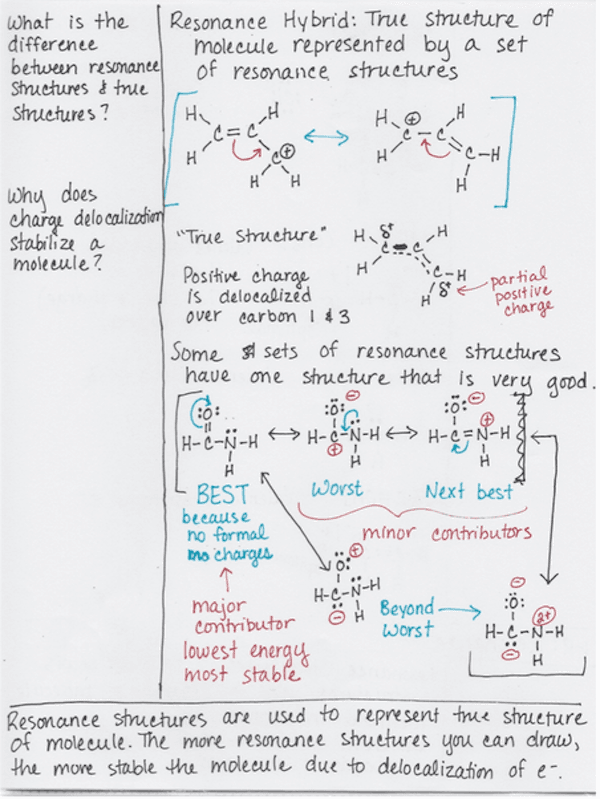What's the best, most effective way to take notes?
Curated from: theconversation.com
Ideas, facts & insights covering these topics:
7 ideas
·9.83K reads
164
Explore the World's Best Ideas
Join today and uncover 100+ curated journeys from 50+ topics. Unlock access to our mobile app with extensive features.
How to remember information
We tend to lose almost 40% of new information within one day of reading or hearing it, even if we write it down.
However, when we take notes effectively, we can retain and retrieve almost 100% of the knowledge we obtained.
400
4.47K reads
Learning the right way
The goal of effective note-taking is to remember what you learned.
- It involves active learning, meaning the student is responsible for doing things with the material, such as reading, writing, discussing, and solving problems.
- Students should also think about how they are learning it. What is difficult? How can you improve learning about this topic? How did your views change about this topic?
- Students will forget less if they engage with their notes within 24 hours, then read their notes the next day, and again within a week.
406
909 reads
The Cornell Note-Taking System
This system was developed in the 1950s as part of a university preparatory course.
There are four stages to taking notes:
- Note taking
- Note making
- Note interacting
- Note reflecting
404
1.45K reads
The Note Taking Stage
Always draw up the page for notes the same way.
- At the top, write the topic/key learning objective.
- Divide the page into two columns. The first column should be one-third of the page. It is used for questions and notes. The second column is for notes from the lecture, textbook, video, etc.
- Take notes in your own words.
- Leave spaces and lines between main ideas to add information.
- Develop your own abbreviations and symbols to save time.
- Write in phrases, not full sentences.
- Use bullet points.
- Highlight and colour key ideas.
406
826 reads
The Note Making Stage
- Review and revise the note contents.
- Write questions in the left-hand column opposite the answer on the right-hand side.
- Connect key ideas using colour or symbols
- Exchange ideas with other students to see if you understand the material thoroughly.
387
873 reads
The Note Interacting Stage
- Write a summary at the bottom of the page that addresses the key idea and answer the questions from the left margin.
- Build into your study timetable regular times to revise your notes for each subject.
- Before a test, use the questions as prompts and answer without looking at the information on the right-hand side.
381
638 reads
The Note Reflecting Stage
- Get a peer, tutor or teacher to give you written feedback on your initial learning phase.
- Address one area of the feedback at a time.
- Before exams and tests, reflect over the entire unit.
372
660 reads
IDEAS CURATED BY
Cherry Mary's ideas are part of this journey:
Learn more about problemsolving with this collection
Ways to improve productivity
Strategies for reducing stress
Tips for managing email overload
Related collections
Similar ideas
5 ideas
How to Take Better Notes: The 6 Best Note-Taking Systems
collegeinfogeek.com
8 ideas
10 Highly Effective Techniques To Study Effectively in 2023
productive.fish
5 ideas
How To Take Study Notes: 5 Effective Note Taking Methods
oxfordlearning.com
Read & Learn
20x Faster
without
deepstash
with
deepstash
with
deepstash
Personalized microlearning
—
100+ Learning Journeys
—
Access to 200,000+ ideas
—
Access to the mobile app
—
Unlimited idea saving
—
—
Unlimited history
—
—
Unlimited listening to ideas
—
—
Downloading & offline access
—
—
Supercharge your mind with one idea per day
Enter your email and spend 1 minute every day to learn something new.
I agree to receive email updates


